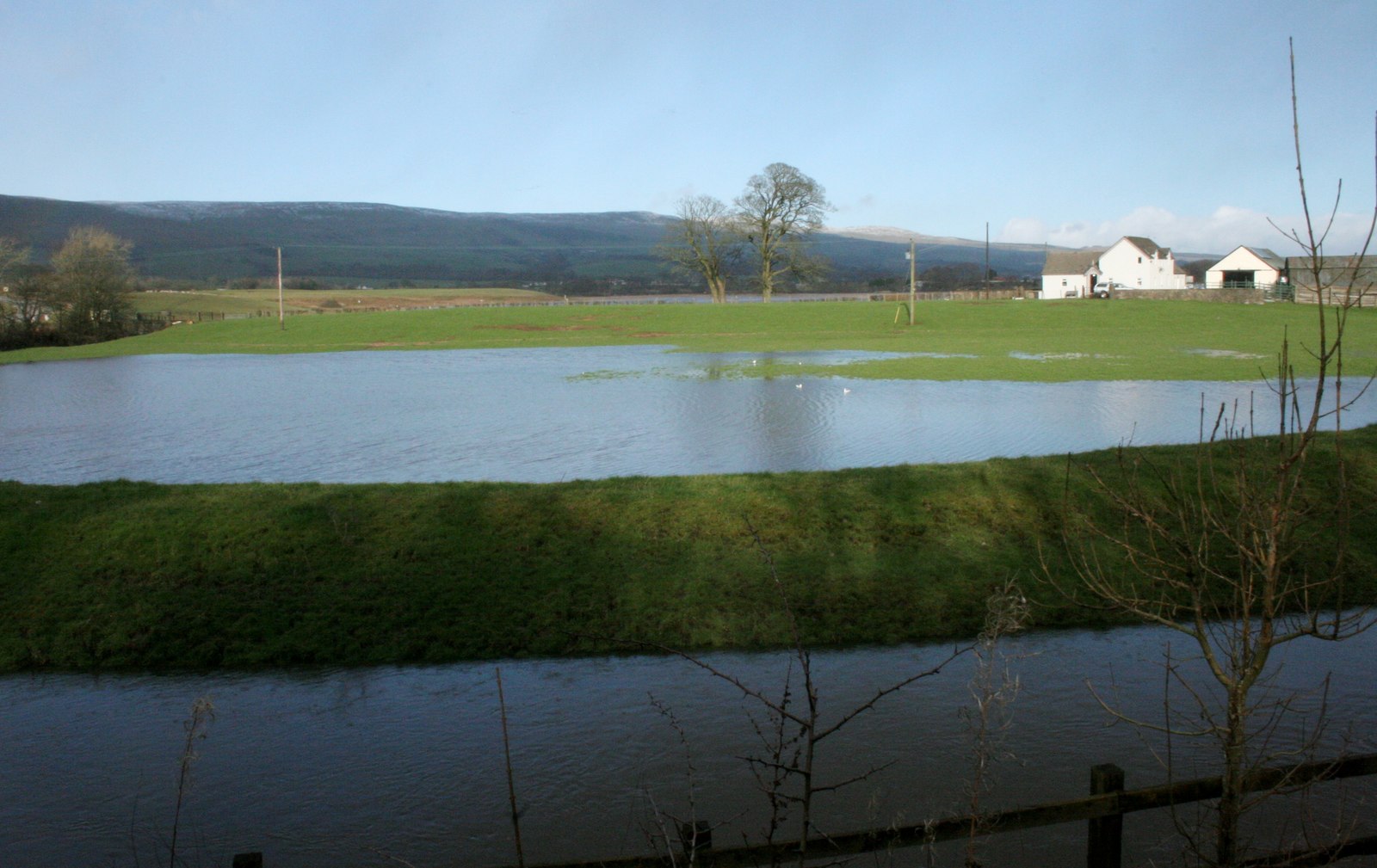
This time last year I penned a piece which could nearly be reproduced word for word today – “We sit in soggy Ireland and observe the utter destruction which is being unleashed in several places across the globe”. This year, similar to last year, we read about heatwaves across Europe, Americas and Asia – in Greece several tourists perished in the unusually high heat early in the summer. In Saudi Arabia, where temperatures reached the inhumane temperature of above 50ᵒC, there were reportedly 1,300 deaths of Muslim pilgrims at the annual Mecca Pilgrimage. In India and Pakistan deaths related to heat stress soared this year.
Again, similar to last year, wildfires rage in Greece, Canada, USA, Angola and the Democratic Republic of Congo. This annual devastation of ecosystems, homes, communities and agricultural land have long lasting and compounding impacts. Biodiversity doesn’t have time to recover before the vicious cycle starts again. The deadliest fire in US history in Maui, Hawaii a year ago this month is still impacting the lives of the community there. The community is struggling to be rebuilt with calls to restore the wetlands, which were destroyed first by plantations and then by the diversion of water to golf clubs and hotels.
It is predicted that there could be an above normal hurricane season this Autumn. While one fatal storm dominated the headlines over the past few days with a yacht sinking off the coast of Sicily during a sudden violent storm, massive scale flooding has been occurring across the globe including East Africa, China, Bangladesh, the US and most recently the Balearic Islands which saw Hurricane Ernesto pass over Bermuda.
Soggy Ireland
While these extreme cases may not immediately impact us unless we plan to visit, or have family or friends in, the impacted areas, we tend to be less concerned with the seemingly milder climate change impacts which are happening at home. Ireland again this year has had a distinct lack of sun with many a staycation requiring both sun cream and waterproofs. What this colder, wetter weather is camouflaging though is a looming fodder crisis which will either have serious financial impacts on farmers as the scramble to buy external feed starts or herds will reduce. While the poor Spring weather resulted in reduced potato and tillage crops being planted it also resulted in cattle being kept indoors later than normal requiring some farmers to eat into feed reserves. Consistent poor grass growing conditions has further escalated the crisis and is prompting dairy farmers to consider reducing their stock to adjust to these adverse weather conditions.
If forecasts play out and this winter does indeed see a fodder crisis, then this should be a further warning signal that our agricultural system is not adapted to climate change. The wet weather is not just an unlucky two years in a row but a predicted impact for Ireland as the climate changes. More unpredictable and wet weather makes our farming system which relies of excellent grass growth incredibly difficult. We are not the only country who faces disruption in farming due to climate change, in Romania drought is forcing farmers to sell their cattle as fodder is running out. New Zealand, which we model much of our farming practices on is faced with the same situation where drought, especially in the South Island is leading farmers to reduce their animal numbers. Last year the heat waves in Spain resulted in reduced yield in many of their staple exports including tomatoes. Then there are all the areas where farming is no longer possible due to persistent flooding and sea inundation. Even looking back a few years ago in Ireland, the fodder crisis of 2018 led to huge financial stress and downsizing of farms as food was simply not there to feed the animals.
The growing and production of food is an incredibly important job. Resilience in this industry is therefore critical. The short term sticking plaster would be a grant system for farmers who may require help bridging the financial gap over the difficult winter months. However, as the weather is likely to become increasingly more difficult to rely on, this is not a good long term strategy. Creating an agricultural model which can buffer the weather shocks is vital. This includes ensuring we are not over reliant on any particular farming model, ensuring farmers are adequately paid for the food they produce and incentivising practices which may help reduce the risk of flooding and drought including agroforestry.
New Normal
Unfortunately, extreme and unpredictable weather is the new normal. Understanding that we are in the midst of climate change will hopefully spur us on to take increased action to reduce our own and our collective emissions. However, we are not ready for the changes which are already baked in. How do we ensure food security in a changing planet[1]? How do we restore ecosystem services while reducing the risk of flooding? How do we increase resilience to drought? These are not simple questions but neither are they ones we can ignore.
[1] While we produce and export a lot of milk and meat we import the vast majority of our calories. If the countries which we import from are impacted, then we too are impacted.

